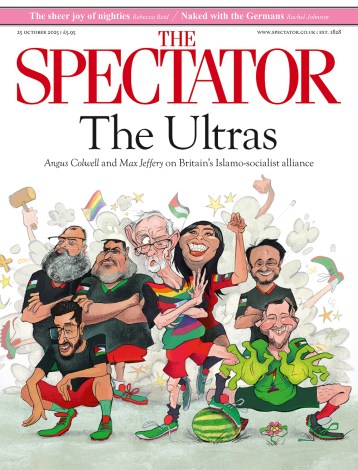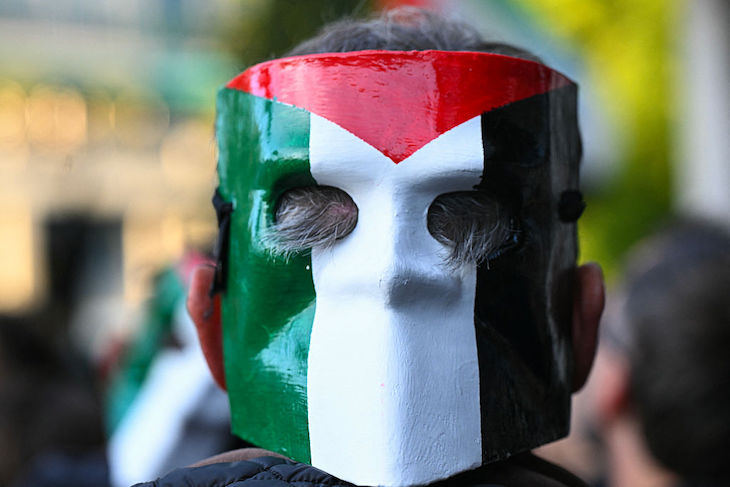The war in Gaza has not ended; it has changed its shape. What began as a brutal confrontation has now hardened into a political and geographic experiment, one whose contours may define the region’s next decade. Beneath the surface of ceasefires and reconstruction plans lies a deeper transformation: the reappearance of the Palestinian question, after years of deliberate absence, as a central axis in the regional and global conversation.
For nearly two decades, Israel and much of the Arab world succeeded in marginalising that question. Strategic normalisation, economic incentives, and the pursuit of calm made it possible to sustain the illusion that the conflict could be frozen indefinitely. That illusion has collapsed. The sovereignty vote in the Knesset, the statements in Washington, and the summit in Sharm el Sheikh are all expressions of a single fact: the question has returned to presence. Whether through annexation debates or statehood initiatives, it has become inescapable again.
Gaza resembles nothing so much as a new Berlin
The American vision that has emerged from this moment is vast in ambition and uncertain in outcome. President Trump’s envoys have constructed a regional framework that joins the recovery of Gaza to a broader architectural project – one linking Arab capital, American protection and Israeli restraint. It is an edifice that depends on constant movement: on momentum before substance, on appearance before solidity. For the moment, it works. Hostages have been released, the guns are quieter, and the promise of a new Gaza is being drawn on every conference table.
Yet within that promise lies a division. On the ground, two Gazas now exist. To the west, what I will call ‘Green Gaza’ – the remnant of Hamas authority, constrained yet unbroken, sheltered by Qatari money and Turkish sympathy. To the east, ‘Yellow Gaza’ – the zone under Israeli control, the area that Defence Minister Israel Katz calls the ‘yellow zone’, and which he has identified as the focus of Israel’s next strategic phase. In his words:
The demilitarisation of Gaza through the destruction of Hamas’s terror tunnels, alongside the disarmament of Hamas, is in my view the most important strategic objective for achieving victory in Gaza.
Katz has instructed the army to make the destruction of the tunnels its primary mission in the territory now controlled by Israel, while maintaining coordination with American officials on implementing ‘President Trump’s plan and finding a thorough way to address the dismantling and destruction of all terror tunnels in the remaining area under their responsibility’.
The language is careful, almost bureaucratic, yet its implications are extraordinary. Israel now accepts, implicitly, that it will not govern all of Gaza and that Washington will oversee the remainder. The region is moving toward a divided reality: Yellow Gaza demilitarised and reconstructed under international sponsorship, Green Gaza left to Hamas’s residual power and the patronage of its regional allies. It resembles nothing so much as a new Berlin – a territory split not by ideology alone but by the geometry of global compromise. As the Israeli commentator Ari Shavit has said, Israel will try to create an East Germany/West Germany-style contrast:
We will try to bring all the moderate Arab money and and whatever into the eastern part of Gaza, our 53 per cent. So we will have the beginning of a booming Gaza. It won’t be overnight. And we will leave the 47 per cent in the hands of Hamas and let the Palestinians choose.
Dr Dan Diker, president of the Jerusalem Centre for Foreign Affairs and Security, brings a cautionary lens to the mechanics of any agreement that leaves Hamas present in Gaza. He insists that Hamas, as an Islamic jihadist movement, ‘will not lay down its arms voluntarily because that would be tantamount to erasing its identity’ and argues that the only realistic agent of disarmament in the short term is the IDF.
This arrangement creates opportunity and peril in equal measure. The economic incentives are enormous. Arab states see in Gaza’s reconstruction a chance to stabilise the neighbourhood and secure American favour. Western capitals welcome a visible achievement after months of despair. Yet every actor pulls in a different direction. Egypt fears a strengthened Hamas; Qatar seeks to protect it. Turkey wishes to broker influence; the Emirates to contain it. The United States wants closure; Israel wants security. Within this tangle of motives, no one yet knows whether the structure will stand.
Everyday pressures will test any bifurcated Gaza. The predictable pattern of low-level Hamas aggression may fall short of triggering a full-scale legal case for retaliation while still incrementally rebuilding Hamas’s leverage. Its well-documented brutality towards its political opponents within the Strip shows other Palestinians that it controls the territory. Though Israel holds the Philadelphi Corridor where the Rafah crossing is, it will not fully regulate the humanitarian aid coming in, and insufficient inspection, interdiction and monitoring regimes will doubtless end up letting weapons back in.
The coming phase will test Israel’s ability to act as both participant and guardian of its own interests. The country’s military has achieved what can be achieved on the battlefield. What remains is strategic – to secure the gains, shape the reconstruction, and prevent the return of illusions. This requires not slogans, but a statesman with the skill to navigate the overlapping architectures of Washington, Cairo, and Riyadh; one who can manage pressure without losing direction.
At present, only Benjamin Netanyahu possesses that blend of political instinct, diplomatic endurance, and international authority. His critics abound, but there is no tested successor waiting in the wings. The complexity of this new order demands experience, not experiment. Diker suggests that Trump’s open praise in his Knesset speech for opposition leader Yair Lapid, urging Netanyahu to make peace with him, may hint at America’s desire for a broad unity government after Israel’s next election.
The regional map is being redrawn, and Gaza – divided between its Green and Yellow halves – is the first draft of that map. The real outcome will not depend on who declares peace but on who understands the long game beneath it: that in the Middle East, every truce is temporary, every structure provisional, and every absence eventually returns to presence.








Comments